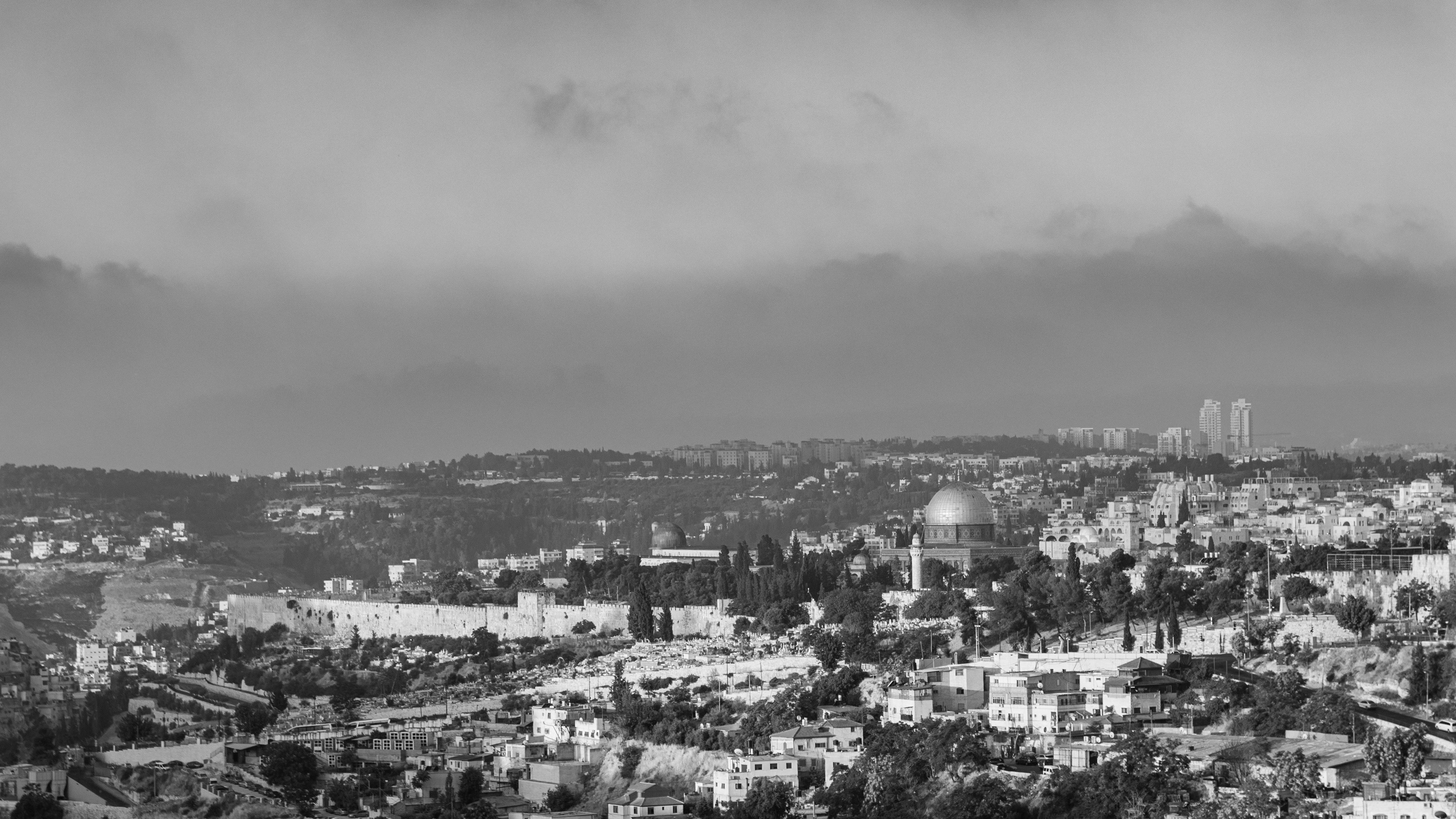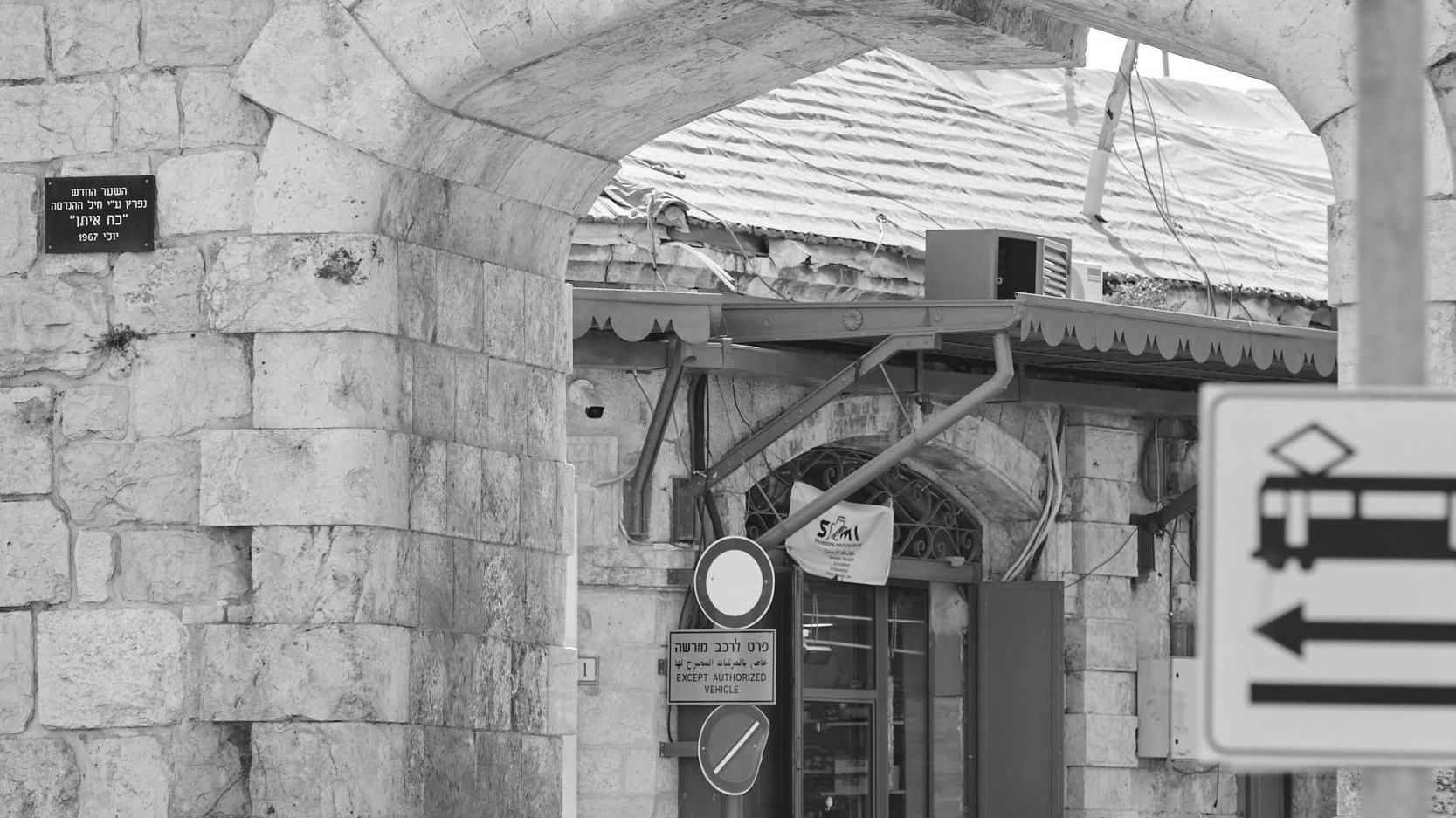There are two capitals of Israel, the ancient and spiritual city of Jerusalem, and the bustling modern city of Tel Aviv. A trip from the one to the other city, can feel like a journey through time and from one world to another, even though the trip with the newly instigated train between the two cities would take less than an hour. Arriving to Tel Aviv with train, chance would have it that you would get off at the HaShalom station next to the Azrieli towers, one of the newer landmarks of this progressive and forward-looking city, also being a traffic hub for public transportation, allowing you access to most of the city. However, that traffic hub is separated by the Derech HaBegin road, with the most obvious option having to cross it, when coming from the Azrieli Center beneath the three towers, being the Hakirya bridge.
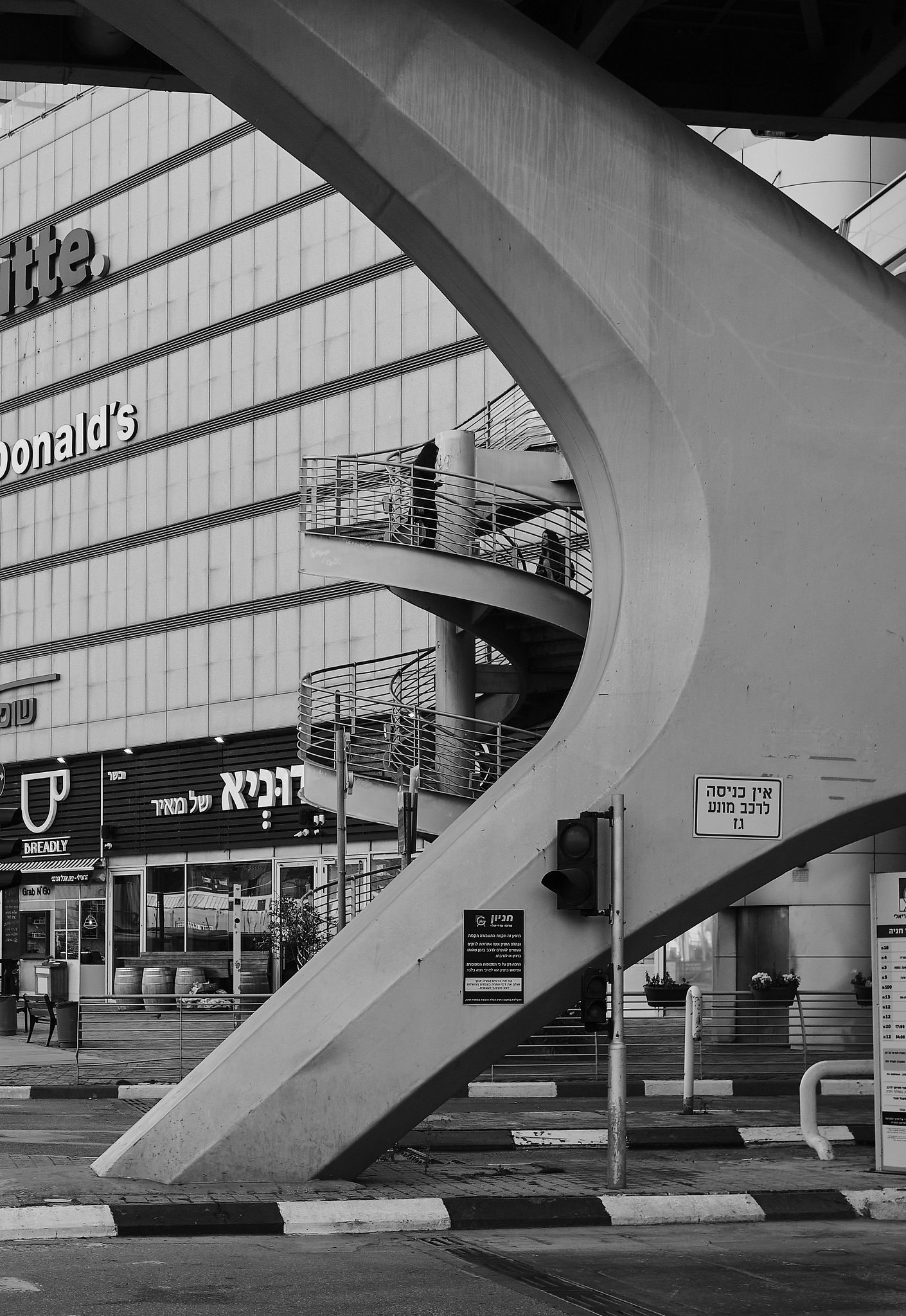

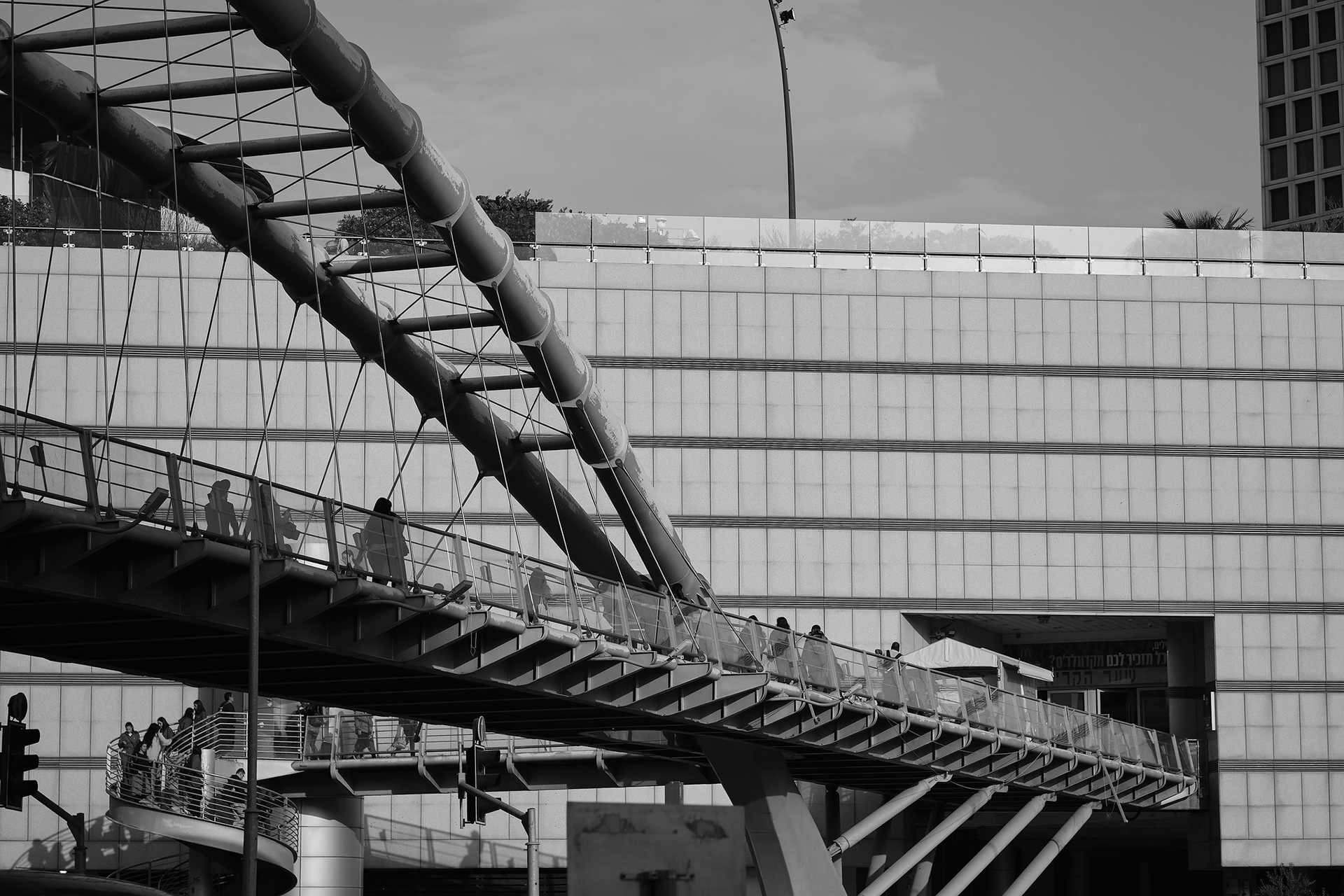
HaKirya Bridge is a through arch bridge, the base being below the deck, and top of the arch rising above the deck. The two arches start separately from the end opposite to the Azrieli center, but as two lovers, who can’t stand being separated too long, they cross over the by-passers below them, to unite in the other end. The deck leads directly out from the center, to end at a lift and stairs in the other end, leading by-passers to the front of the HaKirya military base, forcing non-military personal to turn left, in order to get to the bus terminal. The presence of the military base causes the bridge to be used as a convenient entrance point for the soldiers entering and exiting the base daily, and of course creates some tensions with a military presence in the middle of a civilian area. The bridge seems to be the connection point, connecting shopping with war, while overlooking the buses leading people to and fro, repeating the daily hum of the city, only to be quiet on the day of rest, the Shabbat.

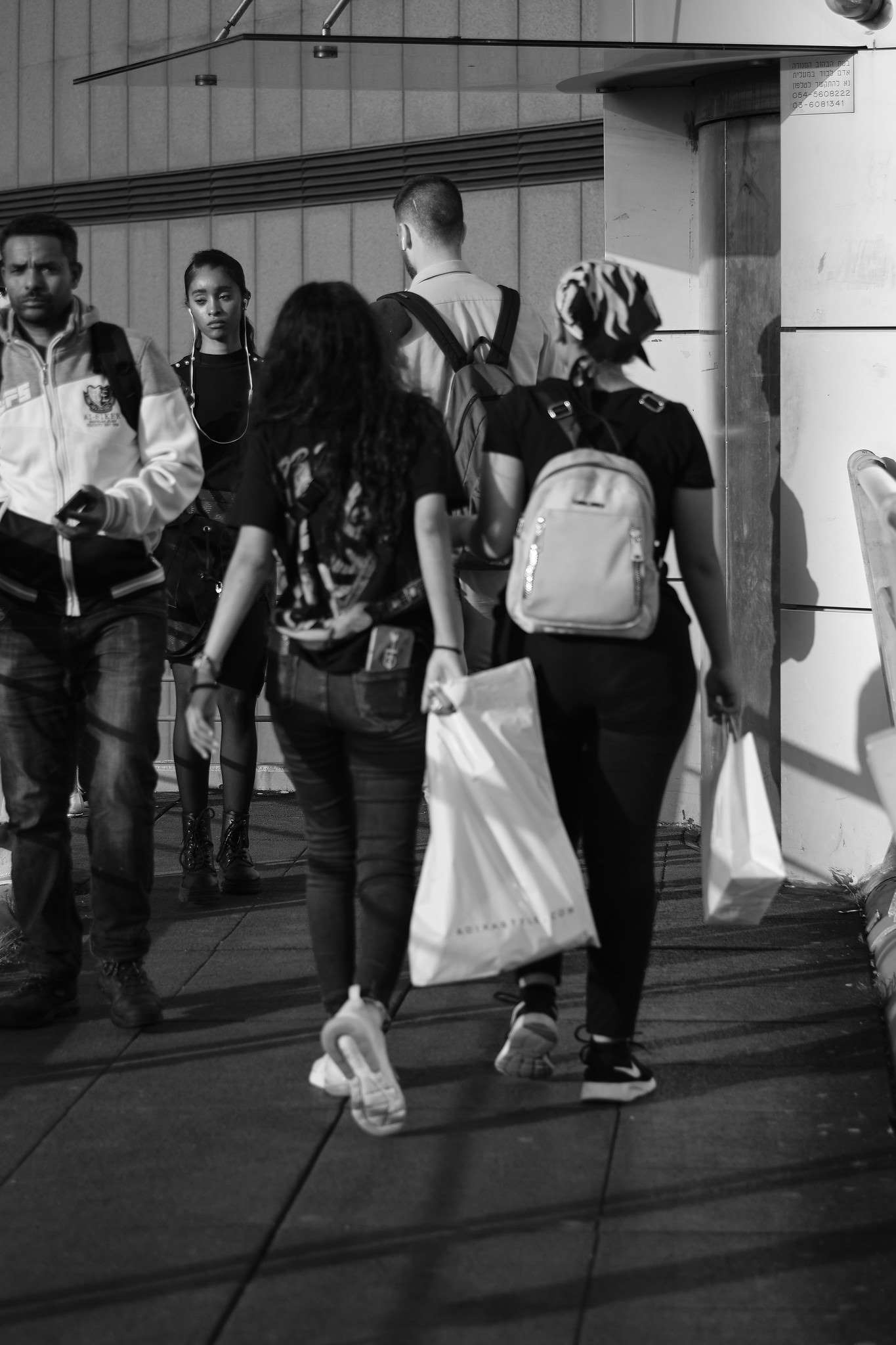

Because of the design of the bridge, passing it feels like passing waters, with the subtle bounce caused by the waves of feet stepping by. It’s a fitting feeling, considering the context of the bridge. In a sense the bridge is part of a port, welcoming travelers with its distinctive look, being easily recognizable, even if it is dwarfed by the three towers towering above it. It is there, embracing the road below it, always welcoming the weary traveler, having to wake up readying for the chores of the day.

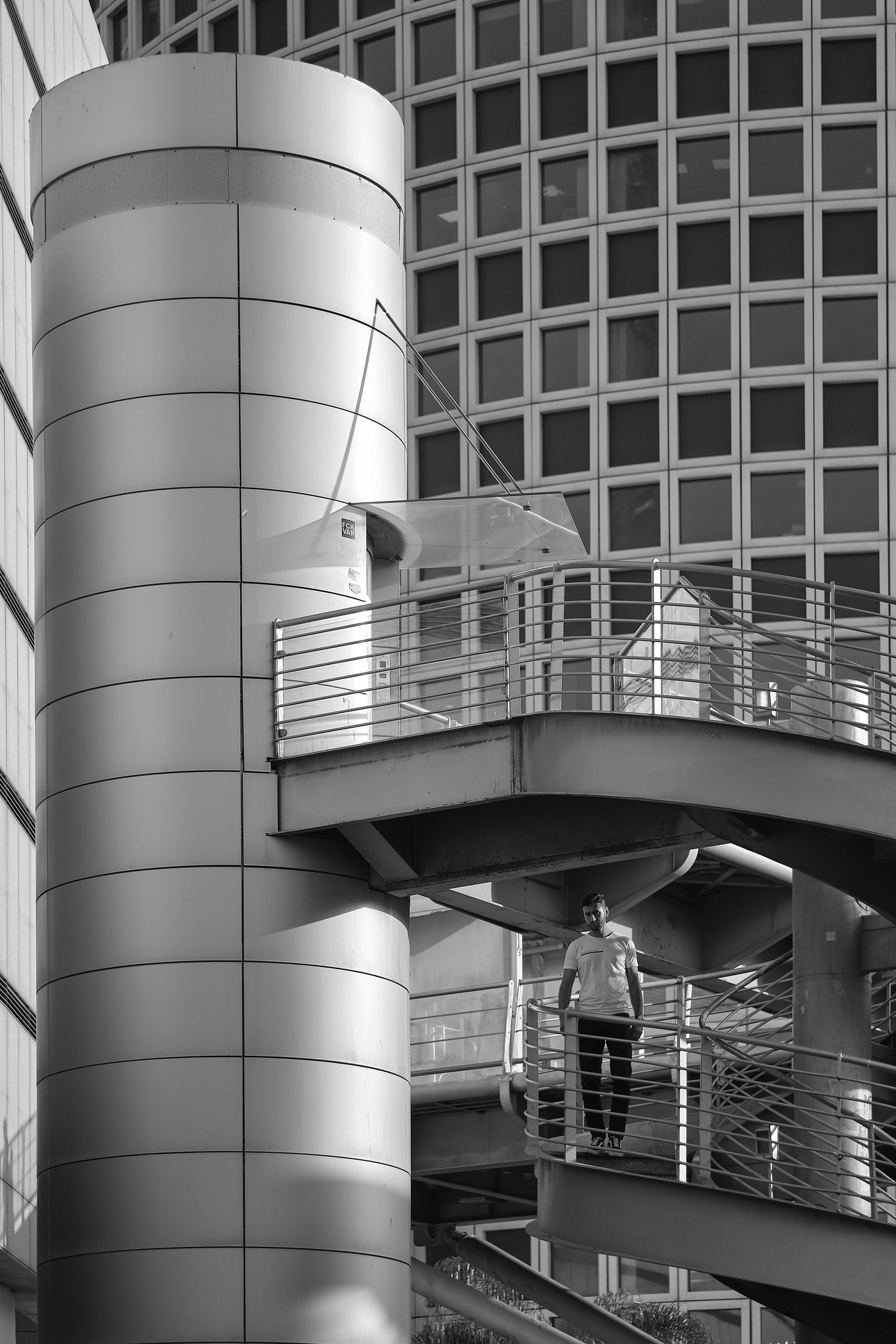
Not all who exits the Azrieli center to the bridge, wish to pass the bridge to the other side though, a fact which seems to have escaped the designer of the bridge, having to have the stairs and lift on that side added to – yes – the side of the bridge, as an unwanted mole, disturbing the otherwise sleek design of the bridge. But as a mole can enhance the beauty of an otherwise beautiful person, so does this exit point mole force the viewer to acknowledge the otherwise slender and beautiful design of the arches and the deck passing through them. Yes, it’s a modern design, but even then we can appreciate the thoughts gone into it, particularly when we consider the eye for the surroundings, which was put into the bridge, when the plans lay finished on the drawing board.
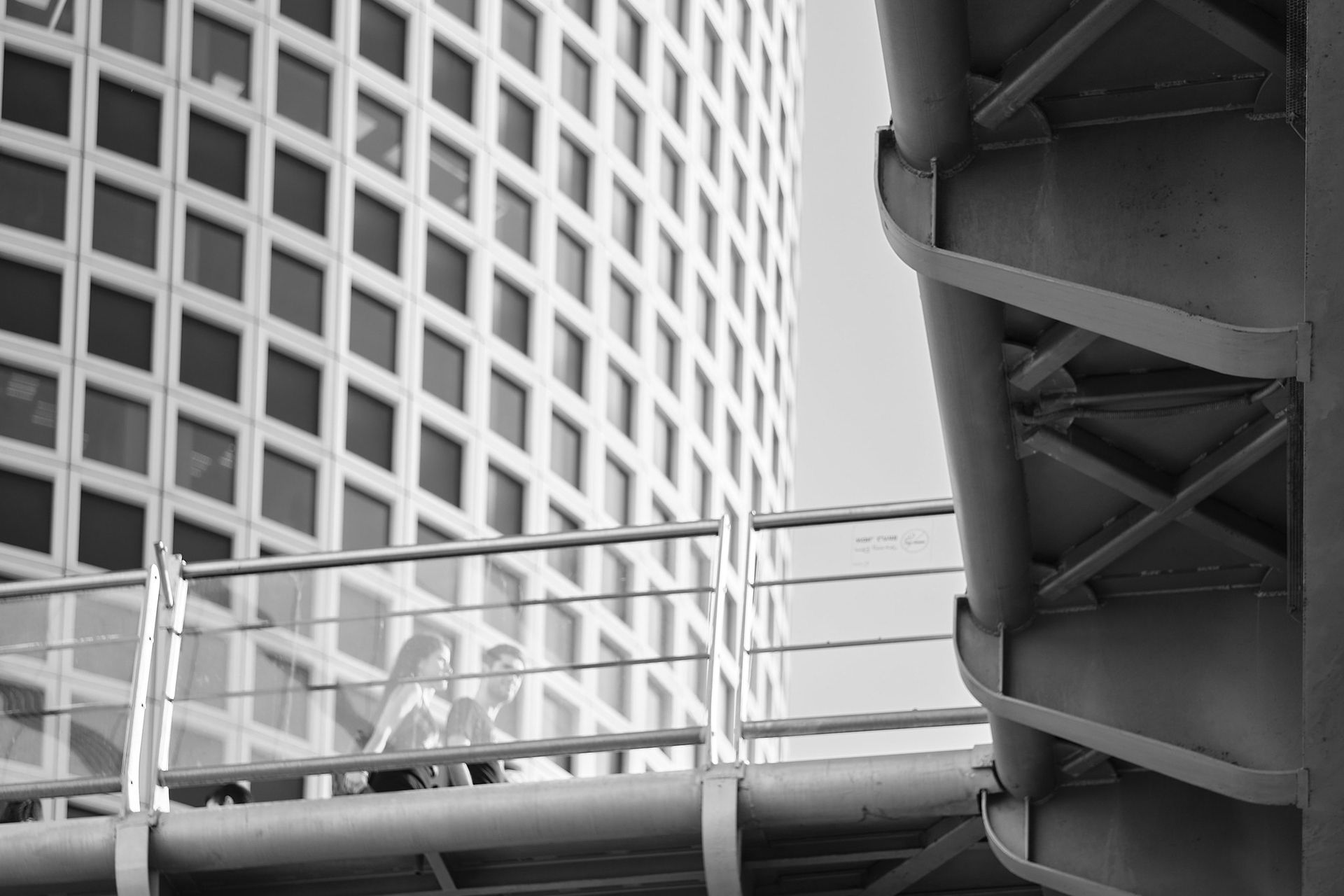


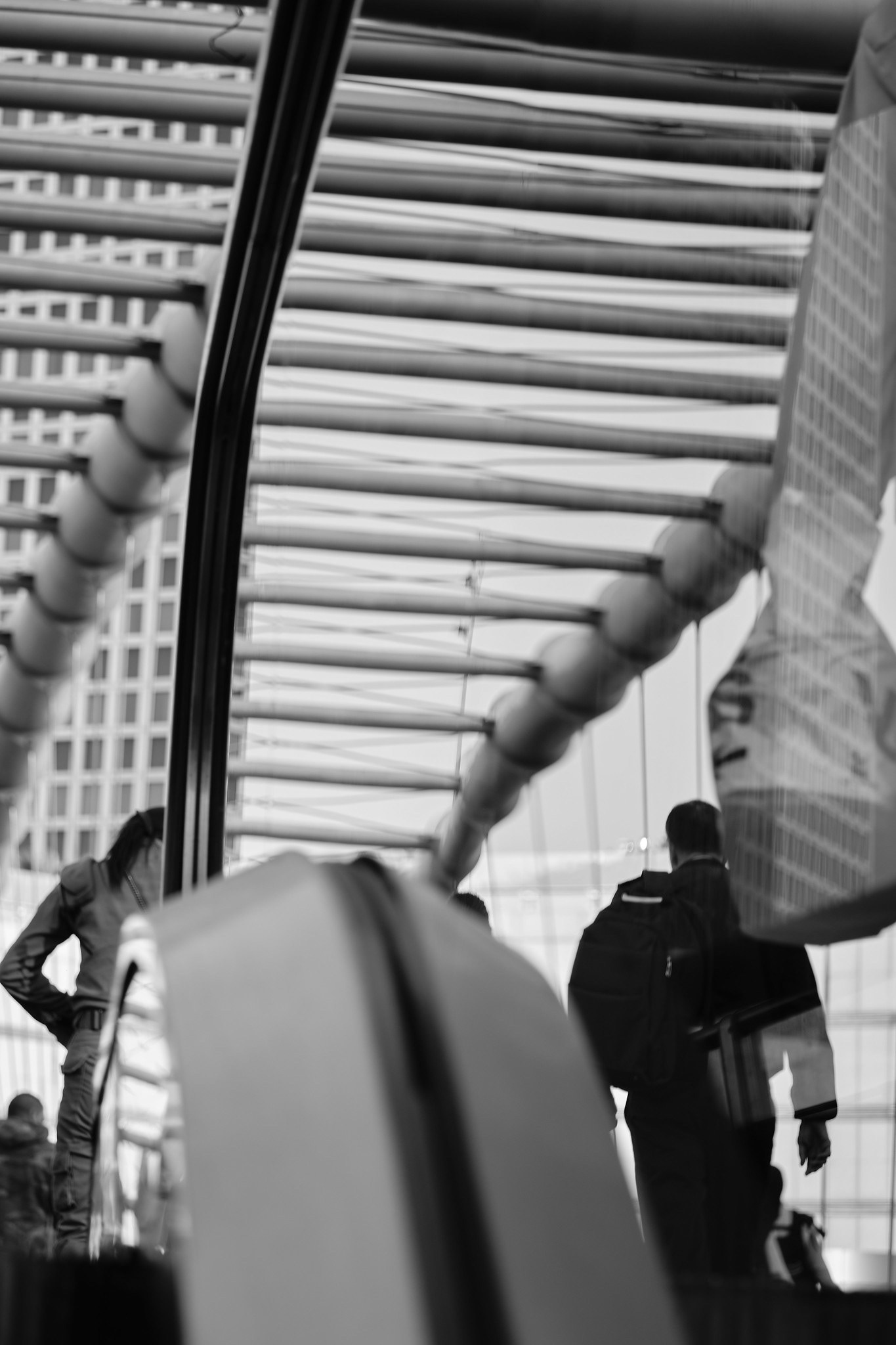
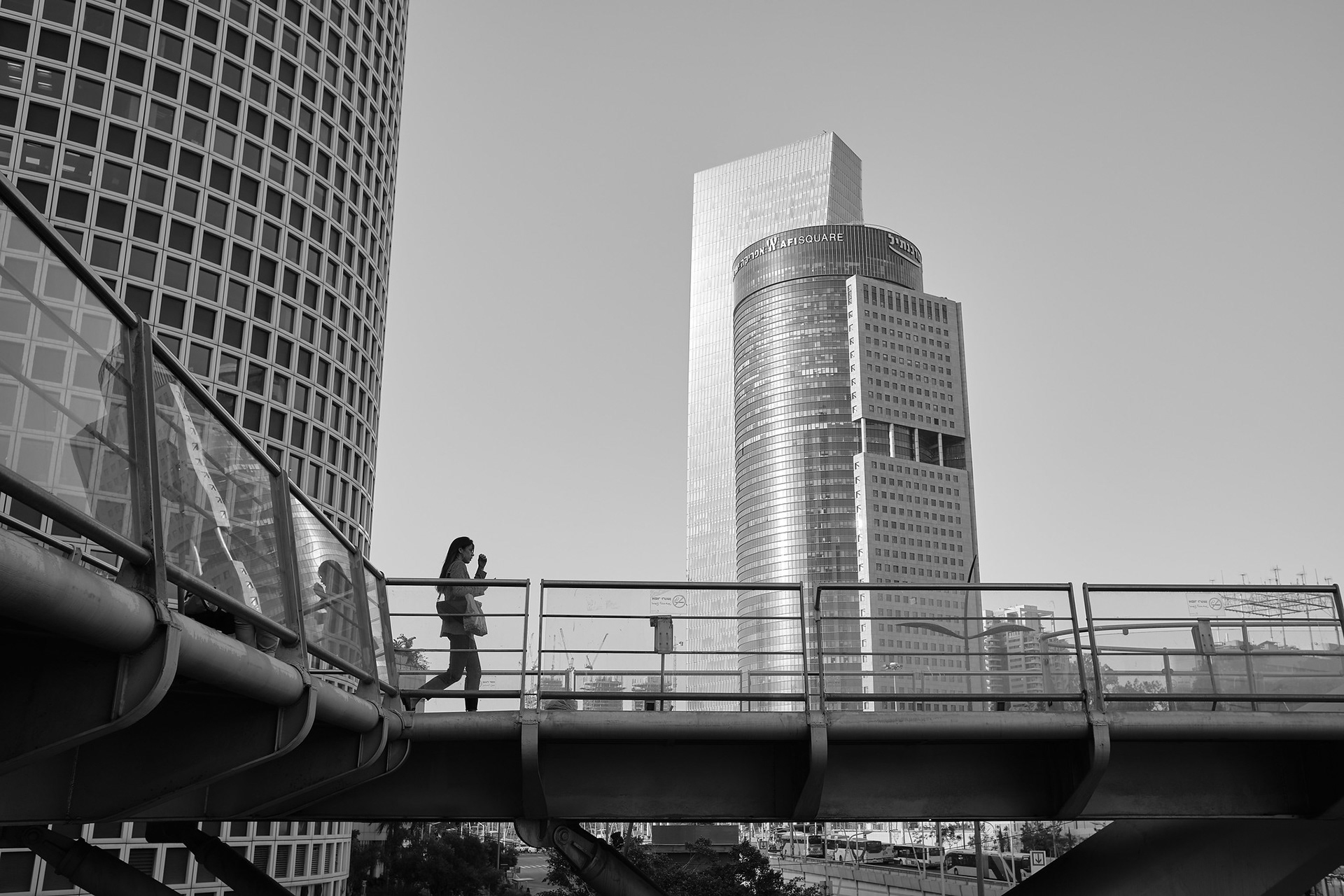
The play between the bridge and the three tower should not be overlooked. Stepping up from the opposite side, feels like stepping up from underground, starring up to the sky and the fresh air. The square tower can be spotted, with all the small destinies being presented in the windows, unknown, yet familiar. On a lucky night, the moon will be there as well, giving a feeling of a city noir. Or seen from the right angle, on an early morning, the round tower will be bathed in the morning sun, contrasted against the blue sky, giving small promises of an utopian future. Entering the deck, the arch and strings create frames for the tower, emphasizing the details, however monotone they might be.

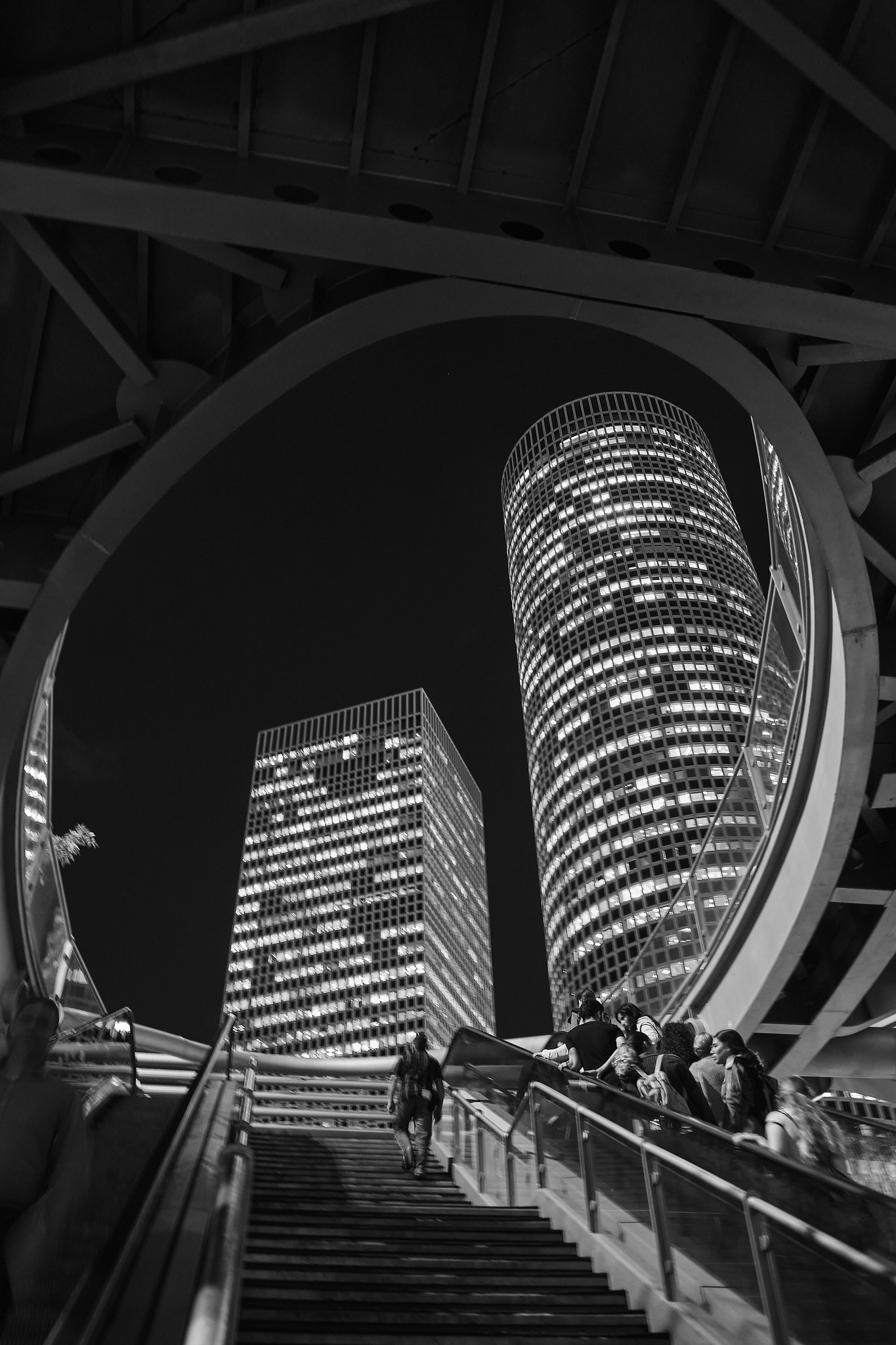
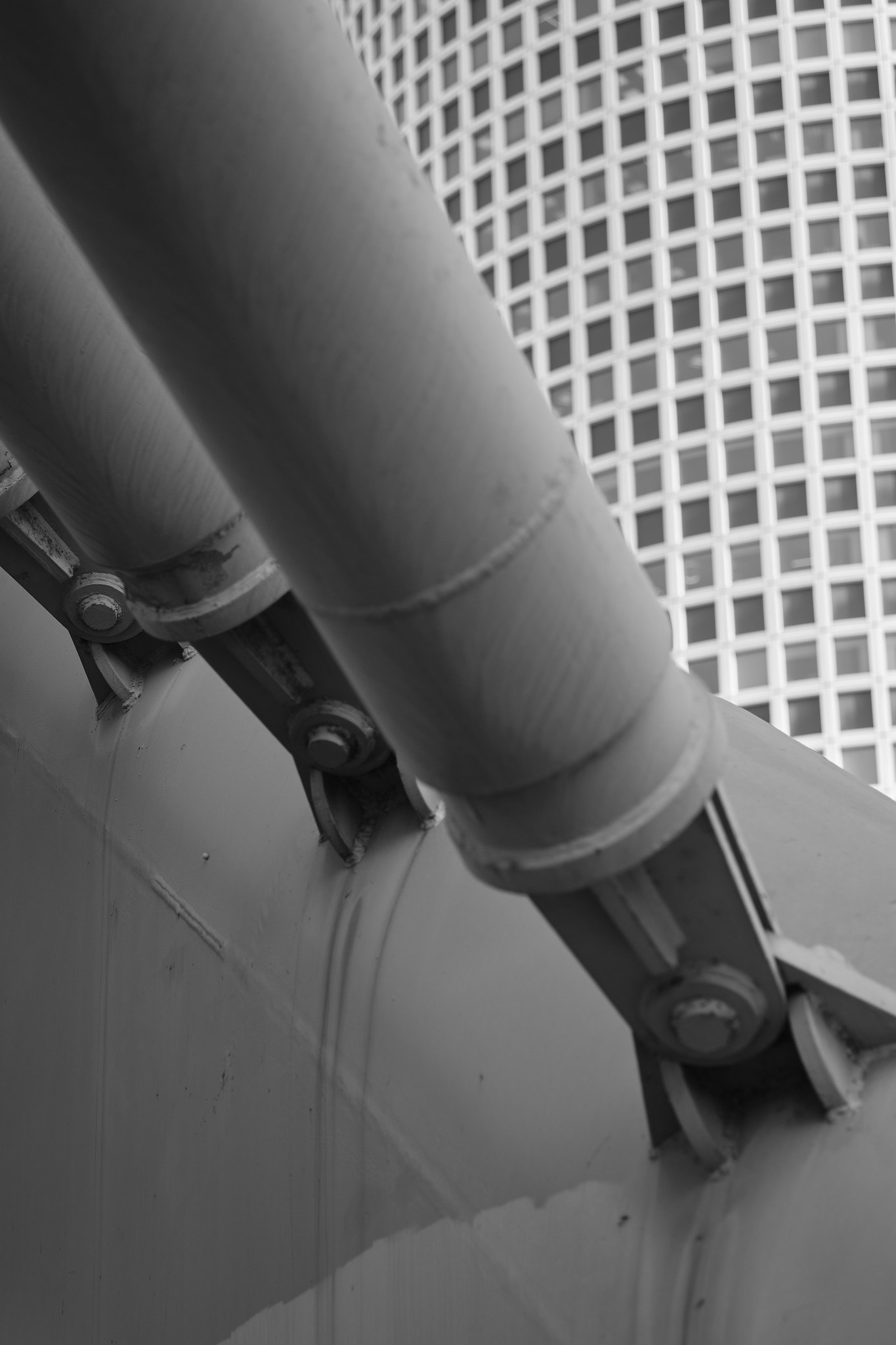
Entering the bridge from the opposite end, we see the stairs down and the lift at the end, being framed by the now separated arches. The design somewhat copies the military office building in the background, with the round block in the middle being framed by two rectangular blogs. However, where the building is a but dull, the bridge takes the same concept, but attempts to make it more engaging, playing with the idea of the design.
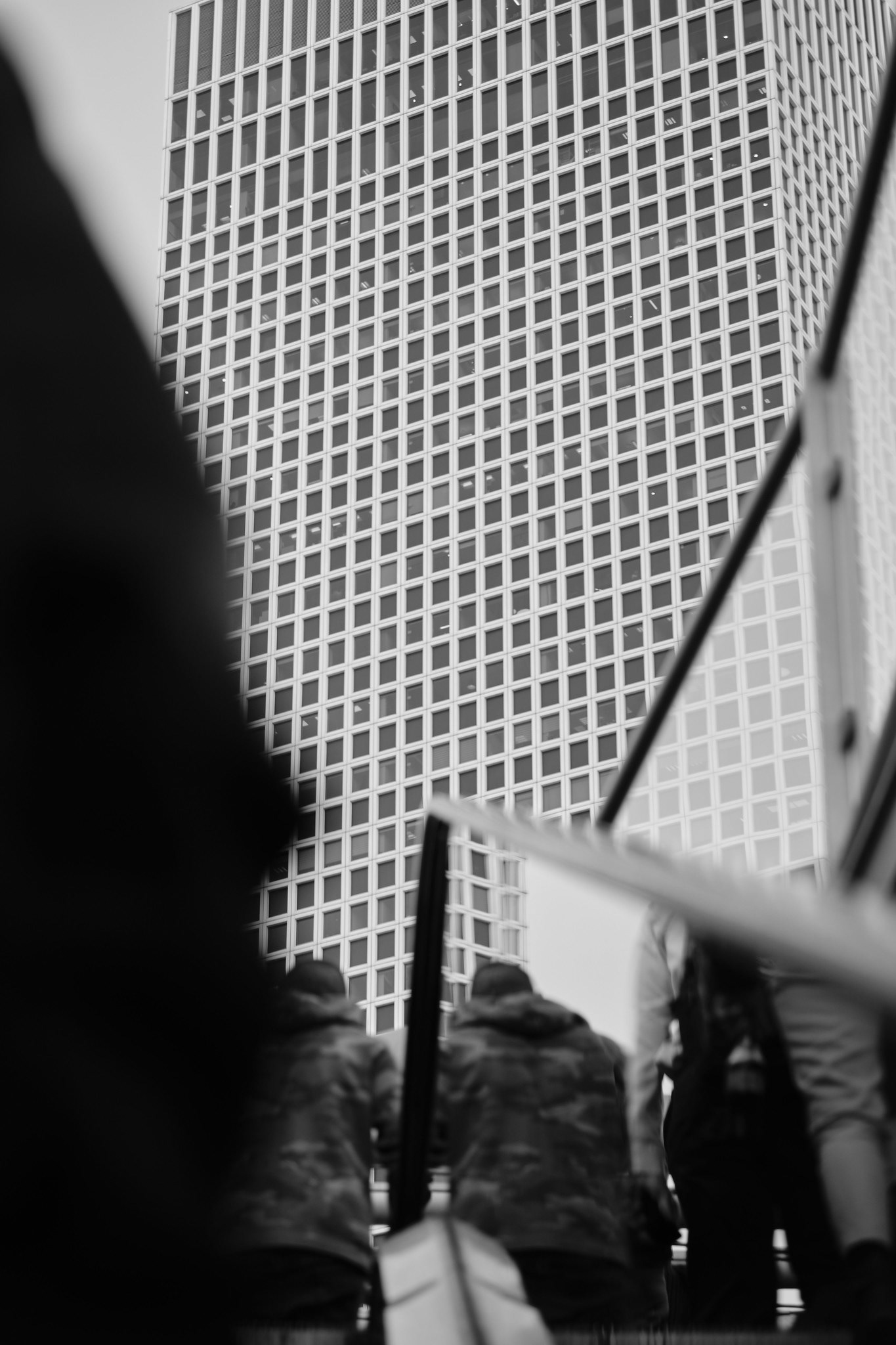
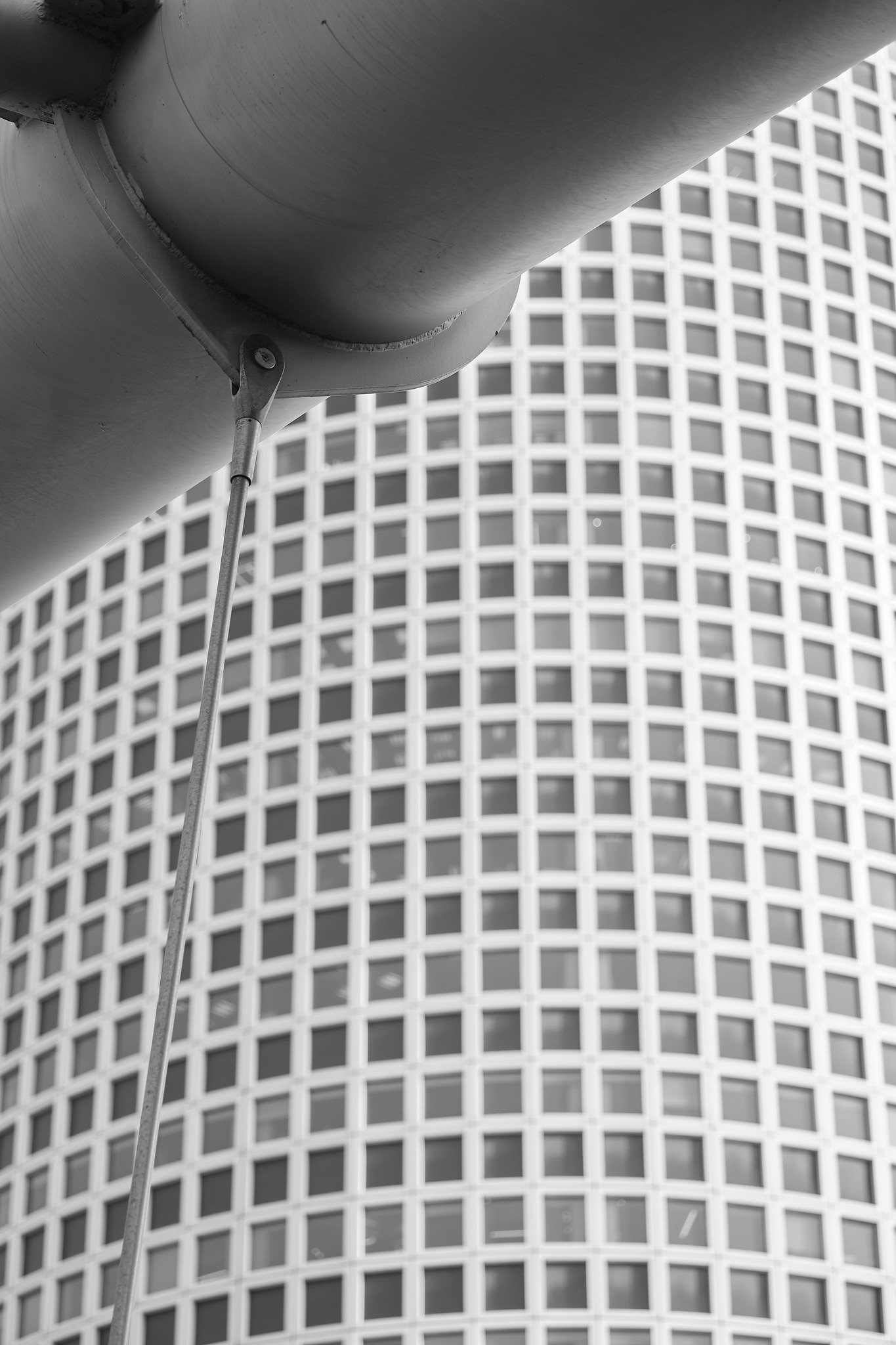
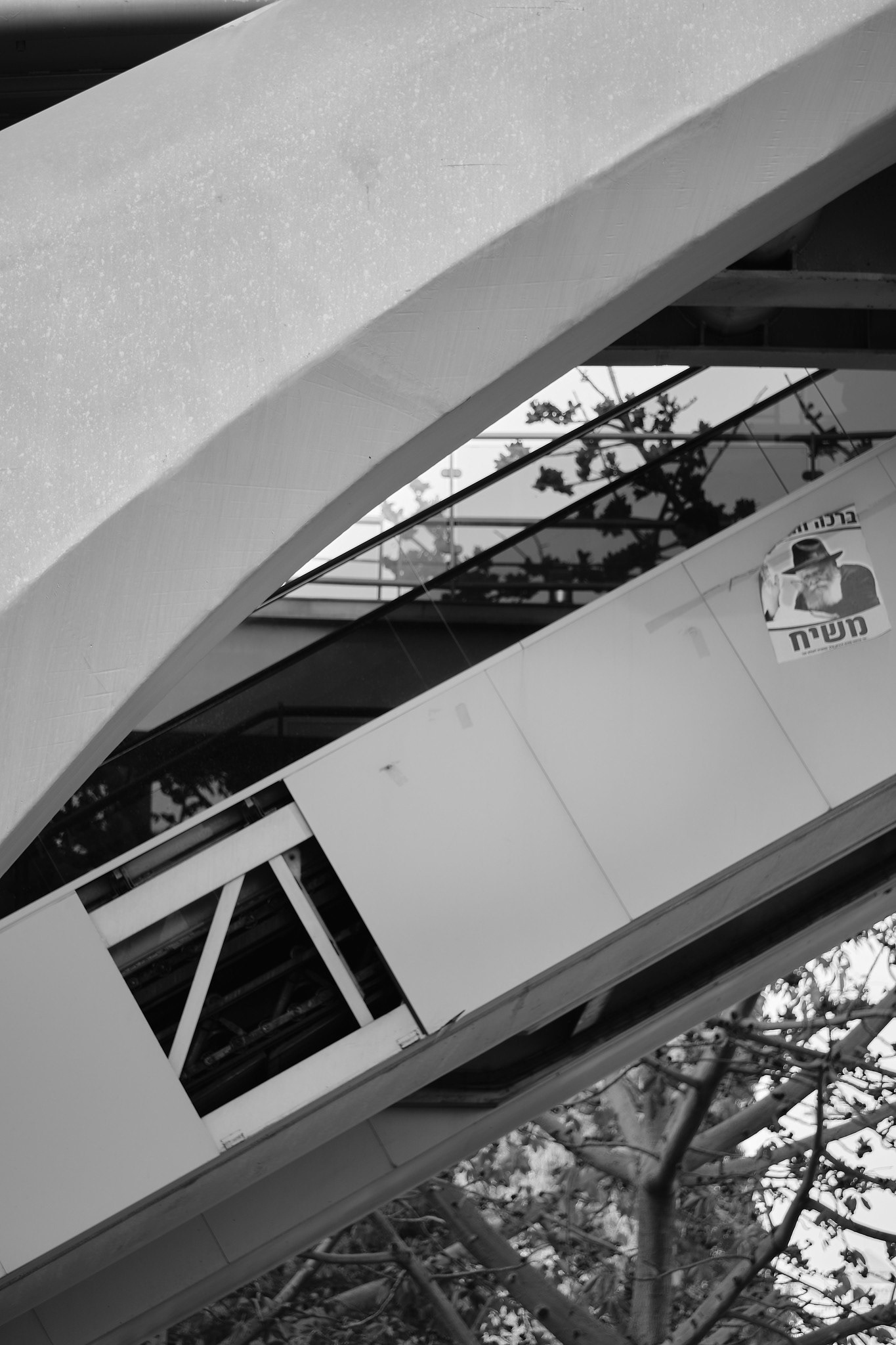
For the ordinary traveller, the bridge is just that, a bridge, conveniently helping people pass from one side to another. But for the conscient observer, this bridge is much more than just a bridge. It is a symbol, both for those coming from afar, as it is for those understanding the role between the military and civilian society of Israel. It bridges not only two sides of a street, but also two worlds, which for most of the western world is considered to best be left separated. And it effectively takes part in one of the most recognizable landmarks of Tel Aviv, insisting on acting as entrance to the Azrieli center, and that way being both commercial and public at the same time.



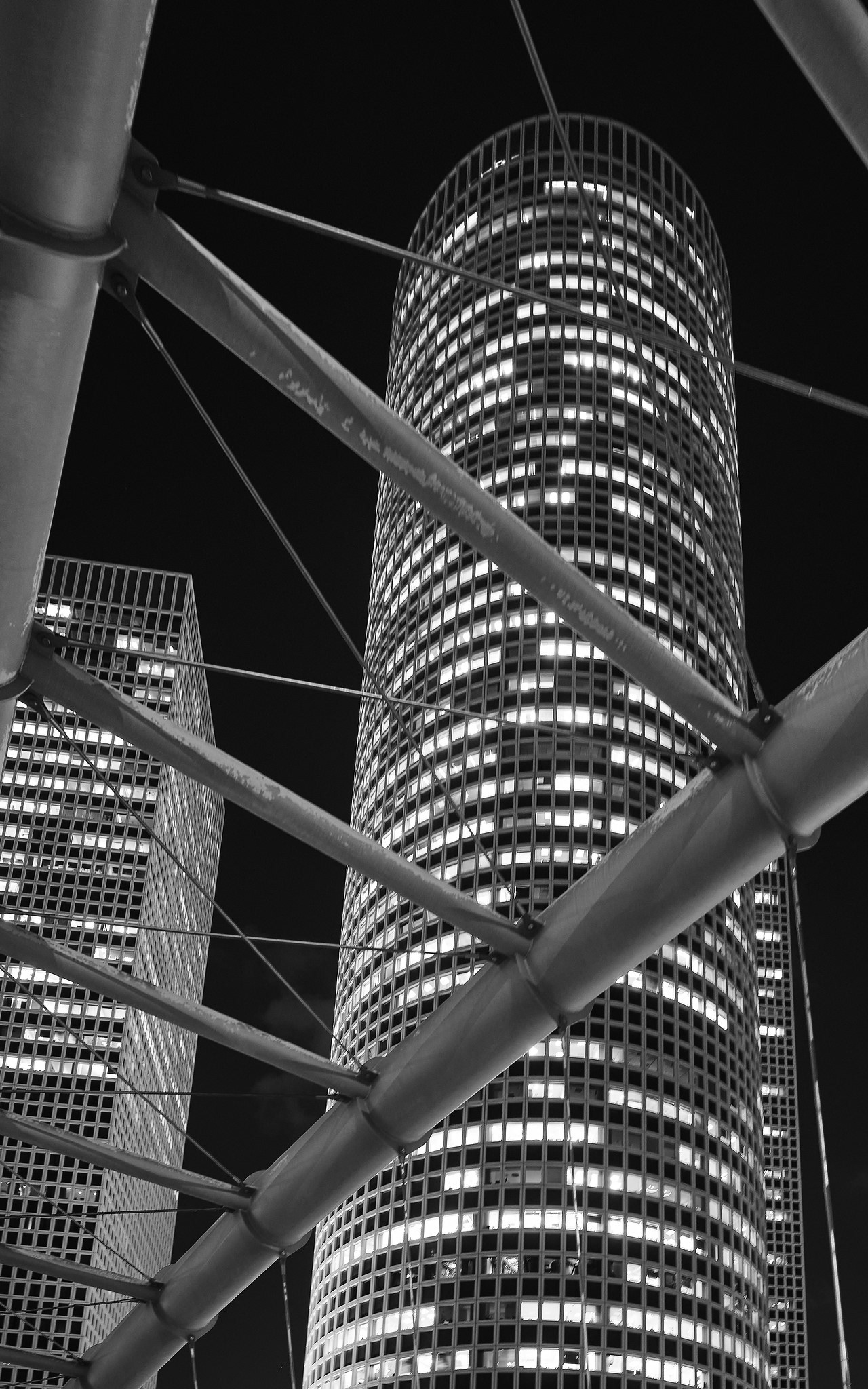
If you ever should happen to have to pass the HaKirya bridge, do yourself the favor to stop up for a moment, and enjoy the bridge in all its symbolic presence and beauty.

